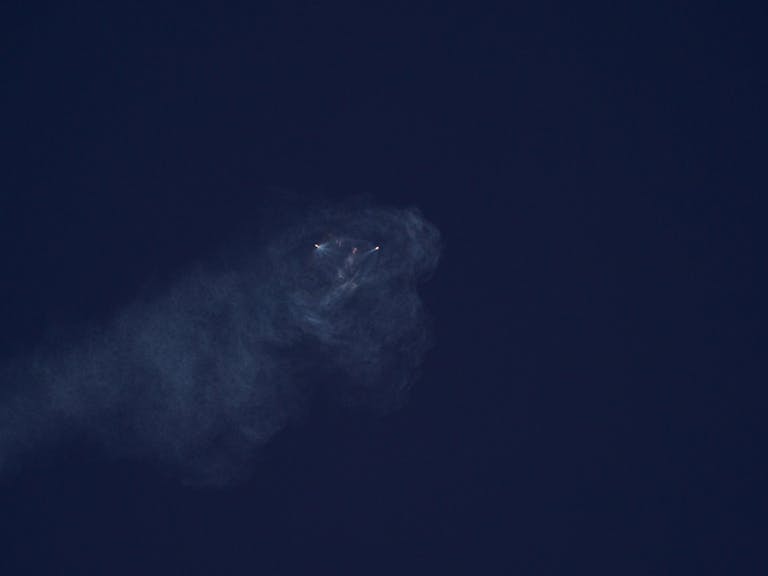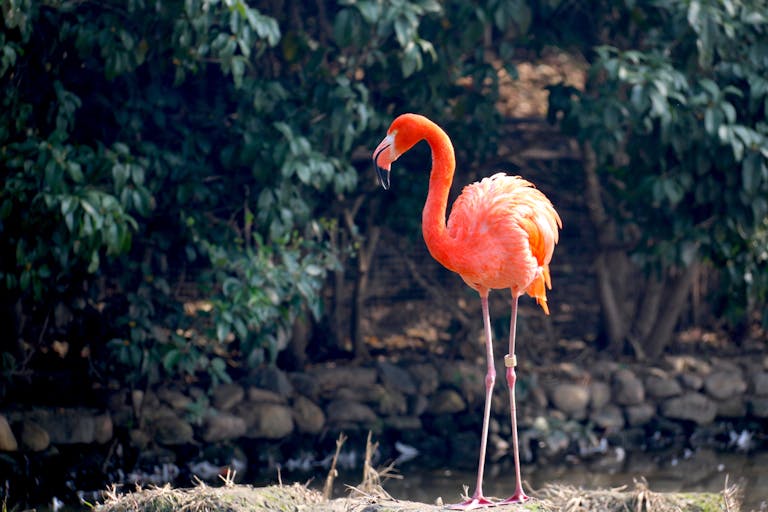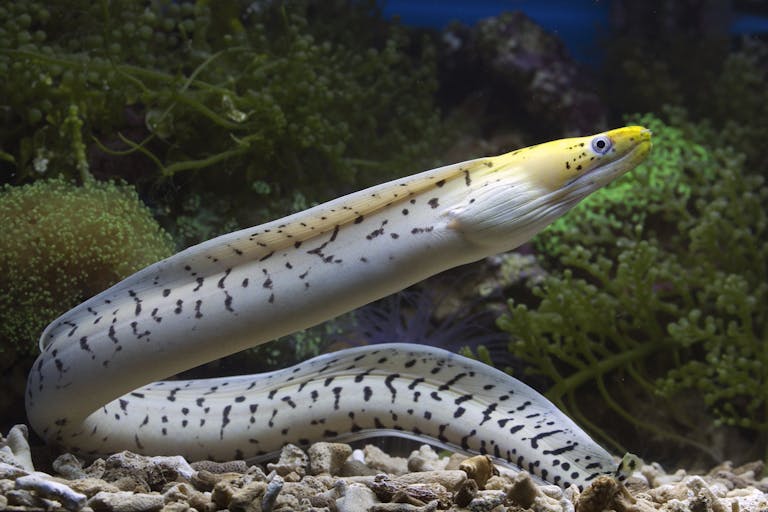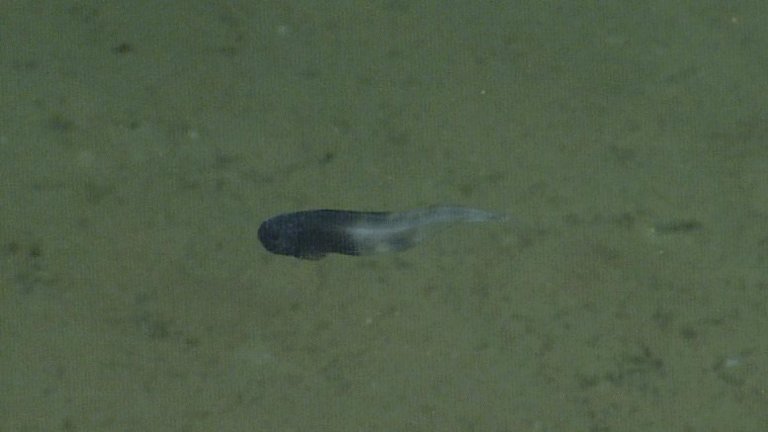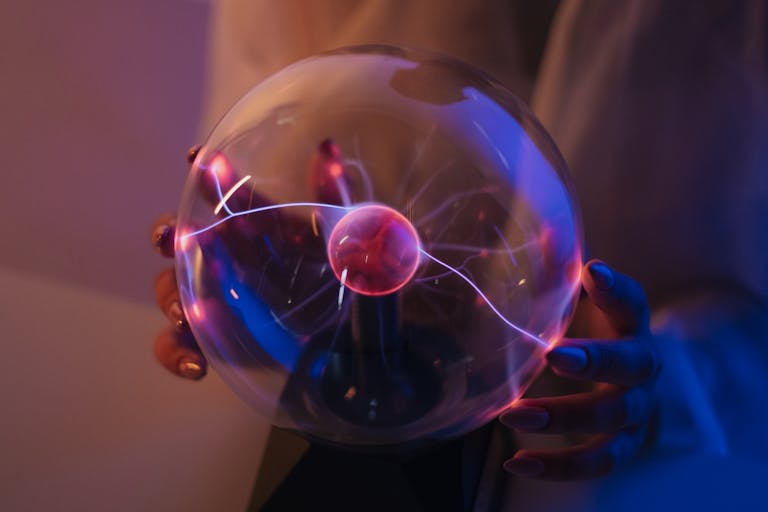Why Black Mamba Bites Can Suddenly Get Worse After Treatment
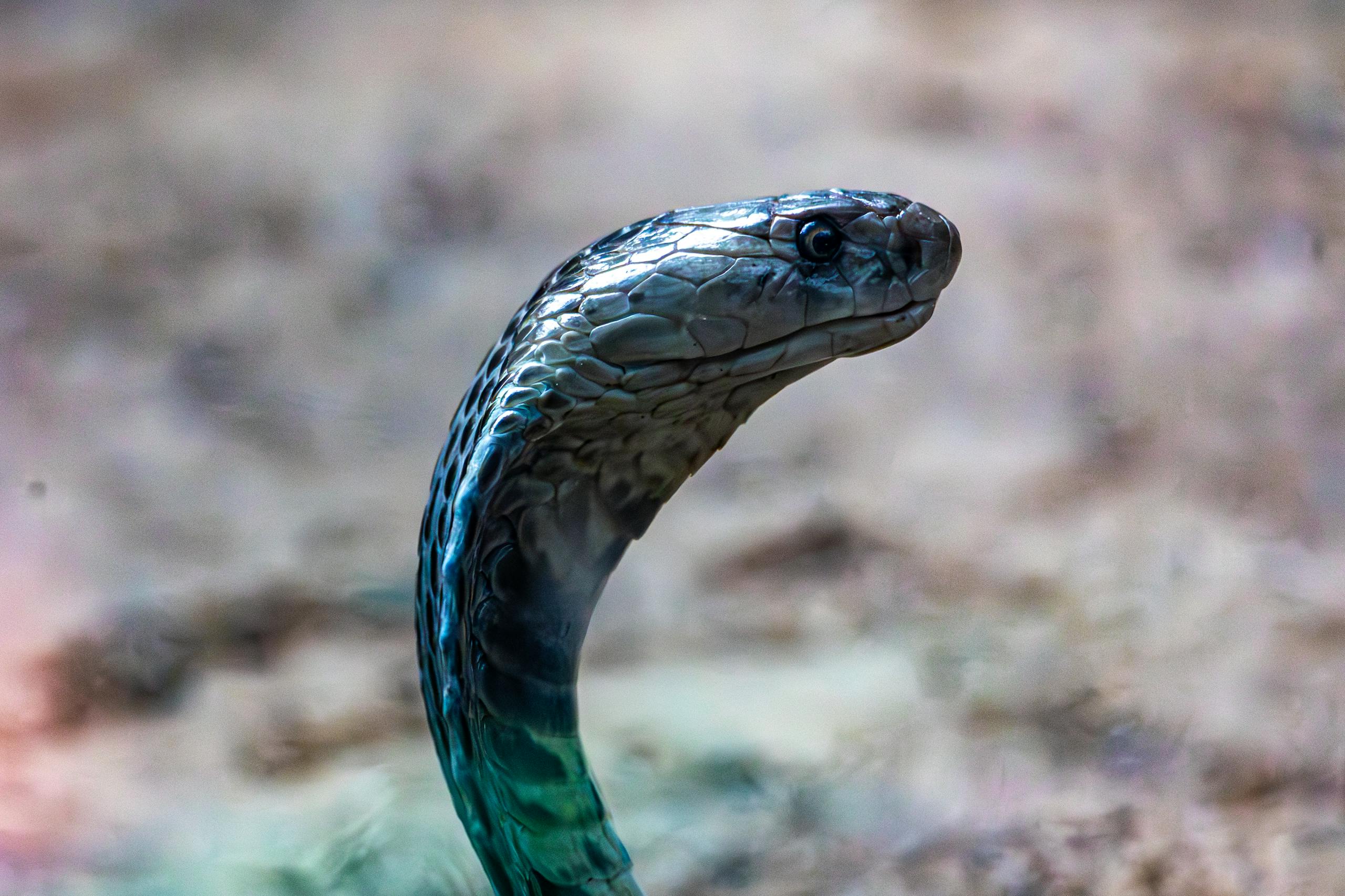
When it comes to deadly snakes, few names inspire more fear than the Black Mamba (Dendroaspis polylepis). Known for its speed, aggression, and highly potent venom, this African serpent has long been a subject of fascination and dread. But a new study from the University of Queensland (UQ) has revealed something even more unsettling — that the mamba’s venom has a hidden second strike, explaining why some snakebite patients appear to recover after receiving antivenom, only to later suffer painful spasms and renewed paralysis.
This research, published in the journal Toxins, not only exposes how three mamba species use a dual neurological attack, but also shows why current antivenoms sometimes fail to fully neutralize the venom’s effects. Conducted by Professor Bryan Fry and PhD candidate Lee Jones along with colleagues from UQ and the Monash Venom Group, the study is a wake-up call for doctors, scientists, and antivenom manufacturers alike.
A Dual Attack Hidden in the Venom
The Black Mamba, along with its close relatives — the Western Green Mamba (Dendroaspis viridis) and the Jameson’s Mamba (Dendroaspis jamesoni) — doesn’t just rely on a single toxic mechanism. The researchers discovered that these snakes actually launch a coordinated two-phase assault on the nervous system.
In the first phase, the venom targets the postsynaptic receptors at the junction between nerves and muscles. These receptors, called nicotinic acetylcholine receptors (nAChRs), are essential for transmitting signals that make muscles contract. When the venom’s alpha-neurotoxins block these receptors, the muscles become limp and unresponsive — a condition known as flaccid paralysis. This is the classic effect of many elapid snake venoms (the family that includes cobras, kraits, and mambas).
But the study uncovered something far more complicated. In the second phase, once the antivenom is administered and begins to neutralize the postsynaptic toxins, another group of venom components attacks the presynaptic side — the part of the nerve that releases neurotransmitters. These toxins overstimulate the nerve terminals, causing a sudden flood of acetylcholine release. The result? Instead of paralysis, the muscles begin to spasm violently. This shift from limp to rigid paralysis can happen quickly and unpredictably, making treatment much more difficult.
Why Antivenoms Sometimes Make Things Worse
For decades, doctors have puzzled over why some mamba bite victims relapse after apparently successful treatment. The answer, it turns out, lies in this “unmasking effect.”
Most commercial antivenoms are designed to neutralize the toxins responsible for flaccid paralysis, because that’s the most immediate and life-threatening symptom. However, as this study shows, neutralizing that part of the venom can expose the underlying presynaptic toxins. Once these take effect, the patient experiences renewed muscle contractions, tremors, and spasms — an outcome that feels like treating one disease only to uncover another.
The team tested several antivenoms currently used in sub-Saharan Africa, including products like SAIMR Polyvalent, Pan African Premium, and Inoserp Pan-Africa. The findings were worrying:
- The antivenoms worked well against the postsynaptic toxins (those causing limp paralysis).
- But none of them completely neutralized the presynaptic toxins, which are responsible for the spasms.
- In some cases, antivenoms actually unmasked these effects, meaning the spasms only appeared after treatment began.
This explains a long-standing clinical mystery — why patients bitten by Black Mambas sometimes seem to recover and regain movement, only to suddenly fall into uncontrollable muscle spasms hours later.
Venom Complexity Across Species
The study also compared venom from all four recognized mamba species — the Black Mamba, Western Green Mamba, Jameson’s Mamba, and Eastern Green Mamba (Dendroaspis angusticeps). Previously, scientists believed that only the Eastern Green Mamba could cause spastic paralysis, but this research revealed that three of the four species possess the same dual neurotoxic strategy.
The complexity doesn’t stop there. Even within the same species, venom composition can vary depending on geographic location. The researchers found that Black Mambas from Kenya had venom that responded differently to antivenom compared to those from South Africa. This suggests that regional venom variation could play a major role in how effective treatment is — and that a one-size-fits-all antivenom might not be good enough.
These differences likely come from variations in the expression of toxin isoforms, not necessarily entirely new toxins. In simpler terms, all mambas have a similar set of toxic genes, but depending on where they live, some toxins are produced in higher or lower amounts.
What’s Happening at the Molecular Level
To understand this complex venom behavior, the team examined two main toxin families:
- Three-Finger Toxins (3FTx) — a family of small proteins responsible for binding to acetylcholine receptors and shutting down muscle function.
- Kunitz-Type Toxins — molecules that can interfere with nerve signaling and sometimes block or stimulate neurotransmitter release.
The researchers used a well-established lab model called the chick biventer cervicis nerve-muscle preparation to measure how venom affects nerve-muscle communication. This system allowed them to watch, in real time, how mamba venom first causes muscles to go limp and later drives them into spasms once the flaccid phase is countered.
Interestingly, the phylogenetic analysis (study of evolutionary relationships) suggested that this dual neurotoxicity didn’t evolve independently in each species. Instead, it likely originated in their common ancestor, meaning that all mambas inherited this molecular “two-in-one” venom design — and then fine-tuned it through evolution.
Clinical Implications and Urgent Challenges
From a medical standpoint, this discovery changes how doctors may need to treat mamba bites. It means that even after a patient appears to recover from paralysis, they must be monitored closely for delayed spasms or renewed muscle activity.
It also means that antivenom developers must rethink their strategies. The goal isn’t just to stop paralysis — it’s to neutralize both the presynaptic and postsynaptic toxins simultaneously. Developing such broad-acting treatments will be more complex and expensive, but it could dramatically improve survival rates and reduce complications.
The study’s authors emphasize that this is not just an academic discovery; it has real-world consequences. Each year, mamba bites contribute to tens of thousands of deaths in sub-Saharan Africa, where access to modern antivenoms is already limited. Even in hospitals that do stock antivenoms, they might not be fully effective if they don’t target the full range of venom effects.
The Bigger Picture: Snakebites in Africa
Snakebite envenoming is recognized by the World Health Organization (WHO) as a neglected tropical disease. Each year, more than 500,000 snakebites occur in Africa, and an estimated 30,000 people die as a result. Many more are left with lifelong disabilities or neurological damage.
Mambas, along with cobras and vipers, are among the most dangerous snakes in Africa. The Black Mamba, in particular, can deliver a large dose of venom — up to 400 milligrams in a single bite — enough to kill several people. Without treatment, death can occur in less than 30 minutes due to respiratory failure.
The key to survival is rapid antivenom administration, but as this study shows, even that isn’t always straightforward. If antivenoms don’t neutralize all components of the venom, patients remain at risk of secondary complications.
What Makes Mamba Venom So Potent
The reason mamba venom is so feared lies in its neurotoxic cocktail. Instead of causing massive tissue destruction like viper venom, mamba venom acts almost exclusively on the nervous system. It’s loaded with neurotoxins that can paralyze muscles, shut down breathing, and interfere with heart rhythm — all within minutes.
Black Mambas are also unique because they are highly agile hunters. Unlike ambush predators, they actively pursue prey, striking multiple times and injecting precise doses of venom. Their speed (up to 20 km/h) and long striking range make them especially dangerous to humans.
Yet, from a scientific standpoint, this venom is a biochemical masterpiece — finely tuned through millions of years of evolution to target specific ion channels and receptors. Studies like the one from UQ not only help improve medical treatments but also expand our understanding of how evolution shapes such complex molecular weapons.
Looking Ahead: Toward Better Treatments
The researchers hope their findings will inspire the creation of next-generation antivenoms capable of neutralizing both stages of mamba venom action. Such specialized antivenoms would need to be tested against venom samples from different regions to ensure consistent effectiveness.
Beyond just developing new antivenoms, the study encourages a more localized approach to snakebite management. Knowing that a Kenyan Black Mamba’s venom may behave differently from a South African one could help clinicians choose or develop region-specific treatments.
This research also highlights the importance of continued venom research funding. Despite snakebites causing more deaths than some better-known diseases, funding for snakebite research and antivenom production remains relatively low.
Conclusion
This study finally explains a long-standing medical mystery — why Black Mamba bites sometimes worsen after initial treatment. The venom’s dual neurological attack, first paralyzing muscles and later overstimulating them, reveals just how intricate and dangerous these snakes truly are.
The work of Professor Bryan Fry and his team underscores that antivenom science still has a long way to go. Understanding the full spectrum of venom activity, across different species and regions, is essential to saving lives in parts of the world where mamba encounters remain an everyday danger.
